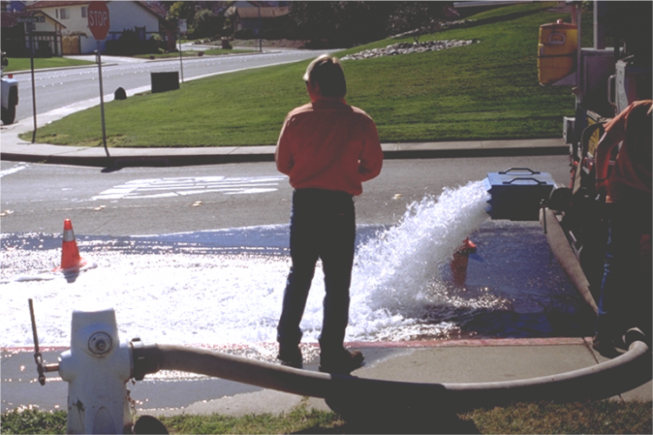Unidirectional Flushing (UDF) Programs for Improved Water Quality and to Protect Assets

UDF Program Overview, and How Pilot Testing Builds a Business Case for a System-Wide UDF Program
Using Unidirectional Flushing Programs for Improved Water Quality and to Protect Assets.
Training provides an overview of Unidirectional Flushing (UDF), including why you might need a flushing program and the strategies for deciding on a conventional or UDF program.
Training includes an overview of how UDF works, key steps in developing a pilot program or full-scale program, and the benefits of integrating your hydraulic model and GIS data with your flushing program.
How Pilot Testing Builds a Business Case for a System Wide UDF
Jumping into a full blown UDF program is an economic luxury many water districts cannot afford these days. However, building an economic business case that clearly documents the cost/benefits of a UDF program through documented pilot testing makes sense. Training outlines the key steps to setting up a pilot program specifically designed to capture data needed to make cost/benefit decisions on program implementation and the associated value of a program in meeting water quality goals, maintaining water distribution infrastructure, and identifying potential distribution system related problems before they become costly failures. The case study includes the steps taken to understand the water district’s goals and objectives, the criteria used to select the four pilot study areas, and the establishment of the UDF design criteria and parameters.
For more information about this presentation, please contact Brenda Estrada, PE or Bobby Vera, PE.
